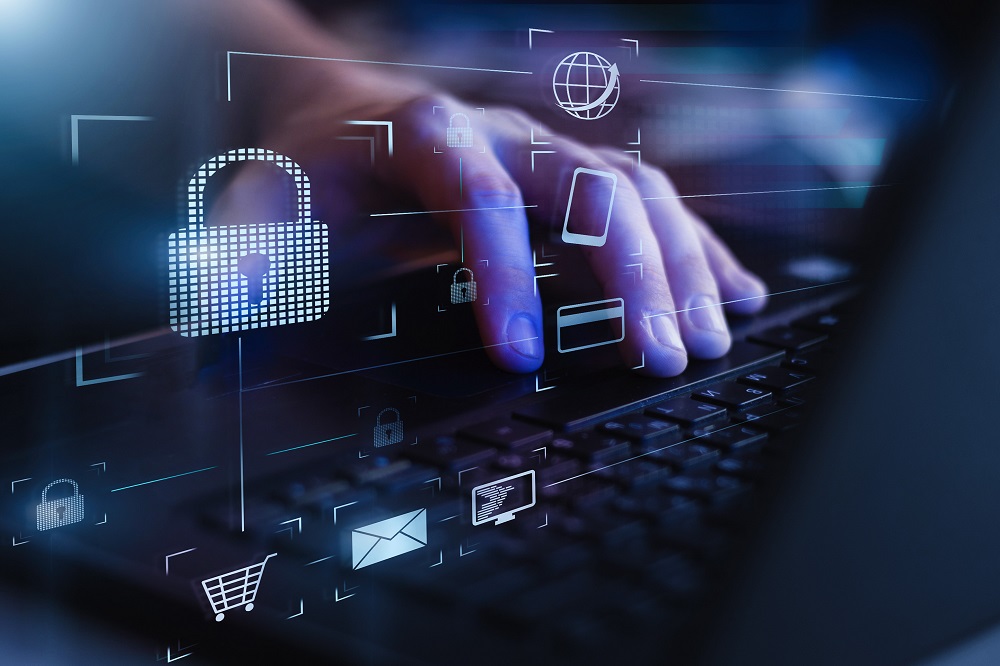SAN FRANCISCO, Aug 25 — In the face of identity theft, online threats related to viruses and other ransomware, it is important to protect your personal data on your computer.
The most effective way to do this is to encrypt the data, which is easy to do on both Windows and MacOS.
Data encryption: Essential...
Encrypting your data is essential if you don’t want a third party to get their hands on it.
Hackers can indeed copy your data and even block access to it remotely. And keep in mind that even data that has been deleted can be recovered by ill-intentioned people!
Whether it’s sensitive (administrative documents, medical files, private photos, etc.) or not, data must be encrypted to prevent it from falling into the wrong hands one day.
A properly encrypted hard disk is completely unreadable by anyone who does not have the decryption key, usually the administrator’s password. Once encrypted, the data becomes truly private and cannot be read properly.
... and easy!
Encrypting your computer is relatively simple, whether you have a PC running Windows or a Mac running macOS. If not proposed by default, encryption is relatively simple to activate on a recent machine.
Under Windows, you have to connect to your Windows administrator account then go to the “Settings” of your computer. Then you have to select “Update & Security” and activate “Device encryption.” If this feature does not appear, you have to type “Manage BitLocker” in the search field of the taskbar, open it, then “Enable BitLocker.”
On a Mac, you need to go to “System Preferences” and then go to the “FireVault” tab in “Security & Privacy”. To activate this option, click on the lock icon and enter your administrator name and password. From then on, the encryption operation will take place in the background, without the user noticing anything. Note that Apple provides you with a backup “key” if you ever lose your password.
Check out our other tips on how to choose the right password, boost your WiFi connection and secure your connected devices. — ETX Studio






















